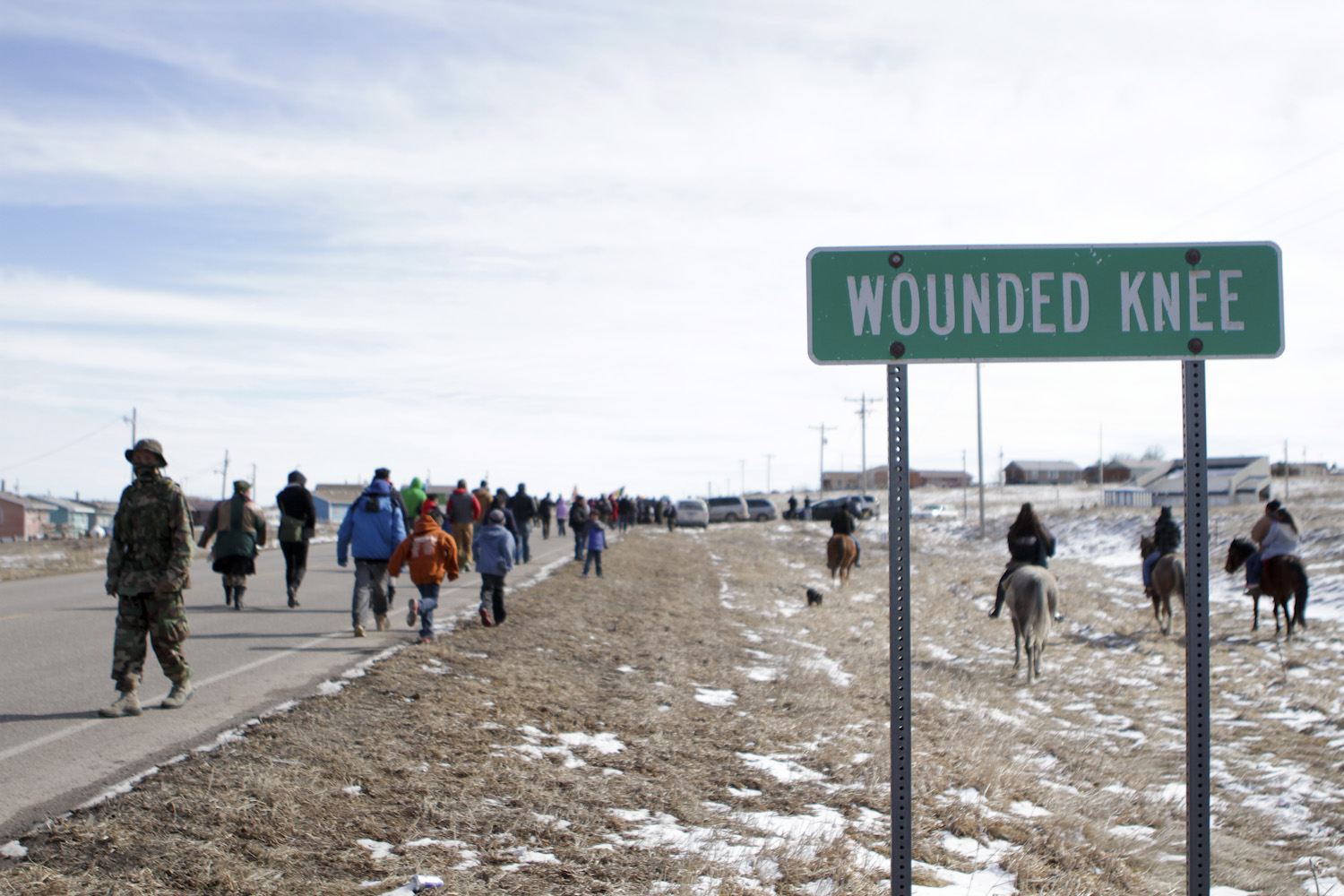A white writer, born in Britain, raised in colonial Africa and residing for years in Wyoming, writes a novel about the Oglala Lakota of the Pine Ridge Indian Reservation in South Dakota. In a prefatory note included with advance copies of the book, she cites a three-month visit she made to Pine Ridge in 2011. “For the first time since coming to the United States in the mid-90s, I neither needed to explain myself nor have this world explained to me,” she says. Being on the reservation felt like an “unexpected homecoming, if home is where your soul can settle in recognition.” The writer is Alexandra Fuller, and from this jolt of recognition she fashioned “Quiet Until the Thaw,” a novel that dives deep into Lakota culture and history. An author of six books of nonfiction who made her name with a searing memoir of her African childhood, Fuller is here a careful inventor: Many of the events she describes, at least one of her central characters and more than a few snippets of dialogue are rooted in fact. The novel is peppered with Lakota words, not all of them easily translatable, and the story she recounts, of a pair of Oglala boys whose lives on the reservation become fatefully entwined, is an impassioned allegory of the long-suffering Lakota people. More subtly, it’s an awed meditation on the lofty conundrums of time and being, and on the ways oppression seeks to blind us to the fundamental interconnectedness of things. Fuller’s novel is like a delicately calibrated tuning fork, resonating at a cosmic pitch. That she wrests such sweep from a couple of hundred odd pages is itself a bit awe-inspiring. Like Rick Overlooking Horse, one of the two Oglala boys, who speaks only when necessary — by the time he turns 10, “he had uttered, all told, about enough words to fill a pamphlet from the Rezurrection Ministry outfit based out of Dallas, Tex.” — Fuller is terse. She doesn’t narrate so much as poetically distill, into chapters seldom more than a page and a half long, the beauty, violence, poverty, humiliation and resilience that have marked Lakota existence for several hundred years. In one, a young tribal activist travels to Palestine, where she dines on camel with Yasir Arafat and speaks at an event honoring leaders of indigenous groups. “They can rewrite history, and erase our stories. But what my mind hasn’t been allowed to know, my body has always known,” the activist tells her audience. “I am an undeniable, inconvenient body of knowledge. Read me.” She proceeds to stand before the crowd in silence for 15 minutes.Read More on the Story:
Review: Alexandra Fuller’s Novel of Lakota Culture May Stir the Appropriation Debate (The New York Times 7/21)
Join the Conversation

